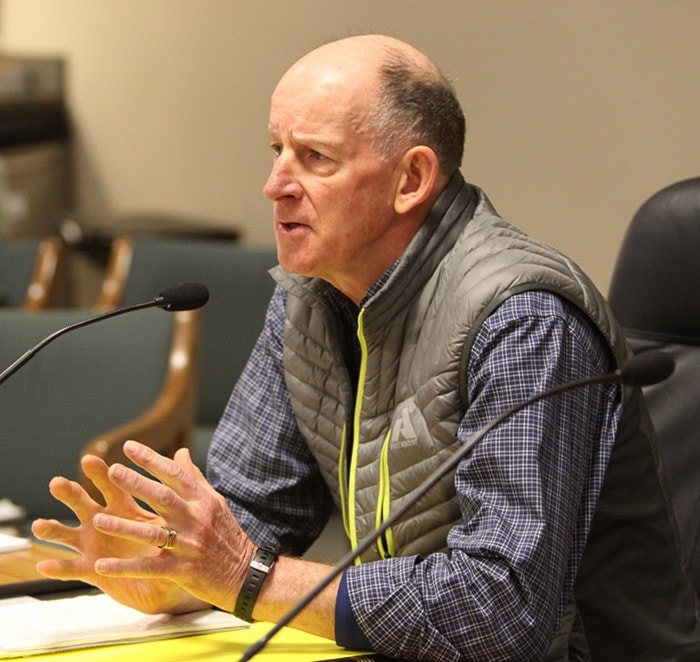The Trans Canada Trail Foundation plans to close gaps in the cross-country corridor in time for Canada’s 150th birthday in 2017 — including significant portions through the Kootenays.
Jim Bishop, a director and former chair of the foundation, who was raised in Rossland and Trail, told the Regional District of Central Kootenay last week they are still trying to figure out where the trail should go.
“Some key decisions have to be made, not within the confines of just this regional district but others on the east and west,” he said. “So it’s important to work in tandem and put the trail where locals want it.”
Bishop explained about 17,000 kilometres of the trail is useable, leaving another 6,000 km to be completed. In BC, about 750 km remains outstanding, mostly in the Kootenays, including the stretch between Castlegar and Nelson. One alternative is to go via Salmo, and the other along the Kootenay River.
Other question marks include where and how the trail will cross Kootenay Lake — Bishop said it may involve a designated boat launch — and whether it will connect the East and West Kootenays via the Gray Creek Pass, as proposed.
“I can’t speak on behalf of the East Kootenay people because they’re wrestling with it,” Bishop said. “But it will be solved. We’re hell bent on being connected by 2017.”
He added the foundation is trying to raise $150 million to finish the entire trail — half public money and half private — of which about $90 million would be for actual construction, $30 million for ongoing maintenance, and another $30 million for publicity and other purposes.
Some gaps may be bridged by designating existing trails part of the Trans Canada Trail and improving them rather than building new ones.
Bishop asked the regional district board to appoint a representative to serve on a committee to discuss the trail’s route.
“We’re trying to build enthusiasm to make this an iconic project,” he said, noting it will be the world’s longest recreational trail, and one of the largest volunteer operations ever undertaken, involving over 400 groups.
2017 also marks the 25th anniversary of the Trans-Canada Trail’s establishment.
Several existing local trails are already part of the network, including the Columbia and Western rail trail between Midway and Castlegar and the Great Northern rail trail between Salmo and Nelson.
